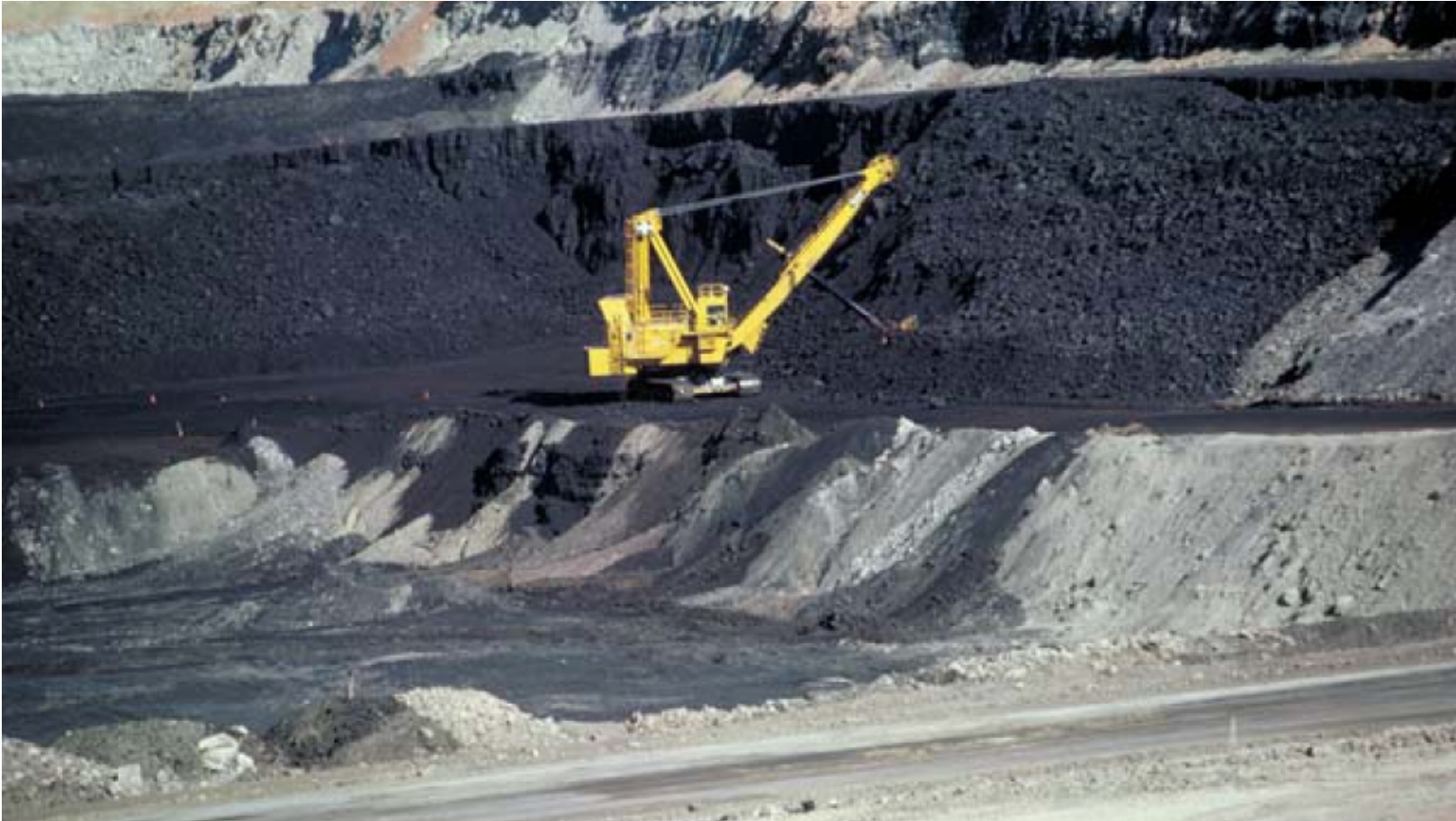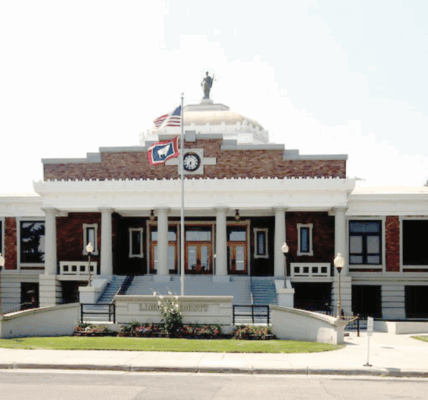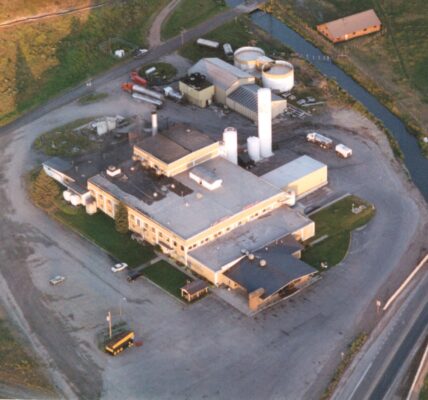Cleaning up coal: UW researchers collaborate to demonstrate byproduct production

By Abby Vander Graaff
Laramie Boomerang
Via- Wyoming News Exchange
LARAMIE —For decades, coal has been king for Wyoming’s economy and America’s energy production.
As political and economic climates continue to change toward more diverse electricity production and green energy, the Cowboy State also has become a leader in carbon research and evolution.
To that end, a group of University of Wyoming scientists is working to push Wyoming’s dependence on mining fossil fuels into using the state’s abundant carbon deposits in other ways.
The researchers believe there are a range of cleaner, more efficient uses for the mineral — and they are coming closer to bringing those products into daily life.
On Friday, crews broke ground on a piece of land near Gillette that will soon become the site of a coal byproducts demonstration project.
The UW Center for Carbon Capture and Conversion is leading the effort, partnering with Atlas Carbon and Wood for the leasing and engineering of infrastructure and technology. The project will demonstrate how coal can be used to create a range of products such as asphalt, bricks and soil amendments that don’t require the pollutive burning process used in energy production.
“We’ve got some other things that we can use coal for, and I’m a strong believer in repurposing something like that,” said Trina Pfeiffer, one of the researchers on the project. “It’s a natural resource; why wouldn’t you use it?”
A refinery is the result of investigations UW researchers began in 2016 to explore ways solvent extraction and pyrolysis could be used to create other useful things from coal byproducts.
Solvent extraction is when liquids are removed from coal. These liquids can be used to make asphalt for roads and shingles. The process of pyrolysis includes heating coal at a temperature up to 1,562 degrees Fahrenheit to remove volatile matter, or “the material you don’t want,” Pfeiffer said.
The process creates a material called coal char, which can be used to create bricks and other building materials like insulation foam and concrete.
The university already has built a small house made of char bricks and grown corn and sugar beets with char soil amendment, which helps with water retention.
Once the pyrolysis unit is completed around the end of 2024, researchers will be able to demonstrate their work on a larger scale.
This will mean transitioning from processing multiple kilograms of coal per day to multiple tons per day, Pfeiffer said.
The solvent extraction unit is scheduled to be completed by the end of 2025. The products can provide environmentally friendly alternatives to materials that are already in common use, Pfeiffer said.
Char bricks are cured by the sun rather than in a kiln, which cuts down on carbon dioxide emissions.
And unlike traditional asphalt, coal asphalt doesn’t use petroleum. The solvent extraction process does emit some CO2, but researchers also are exploring ways to capture the harmful gas that’s produced in the project to reach a net zero emissions goal for the project.
While still in early stages, one piece of technology that could be used to capture emissions is a bioreactor that uses CO2 to feed algae. As the algae grows, it can be used as a soil amendment.
These new technologies come at a time when business leaders across Wyoming are scrambling to find ways to keep the state’s economy afloat as clean energy takes priority over coal.
“I think it really helps the future of coal,” Pfeiffer said. “It rebrands it into something that is not ‘evil.’”
Less than 15 years ago, coal accounted for 50% of the energy production in the United States, with more than 40% of that coming from Wyoming’s Powder River Basin.
That has done a 180-degree turn, with coal now accounting for 10.5% of the nation’s energy consumption, outpaced by renewables at 12.2%, according to the U.S. Energy Information Administration.
Overall, petroleum accounts for the largest slice of the U.S. energy diet at about 35%, with natural gas at 31.3%.
Nuclear is the caboose on this train at about 8%.
The key to the UW project’s success will be creating a product that is affordable enough to appeal to a wide range of consumers and doing it in a way that makes money for Wyoming, said UW economist Rob Godby.
While throughout Wyoming’s history with coal, the resource has been primarily used for one thing, Godby said: energy production. New technologies open the potential for the state to diversify its economy by offering a wide range of items that are made with the material.
“We could develop technologies that create demand for coal, but the real value in using that coal is turning it into higher-value products,” Godby said.
This could be a challenge, especially since the petroleum industry already creates so many materials with its byproducts, he said.
Still, the effort would be well worth it in a state that relies on coal revenues for education and other services in the absence of a large tax base.
Pfeiffer said that while she doesn’t know whether or not the technology being developed and tested through the Gillette-area demonstration will keep all of the state’s large open-pit coal mines open, it has the potential to save some of the smaller ones.
“I believe in the program and the process, and I believe it could help the country, the world and closer to home it’s going to help Wyoming a lot,” she said.




